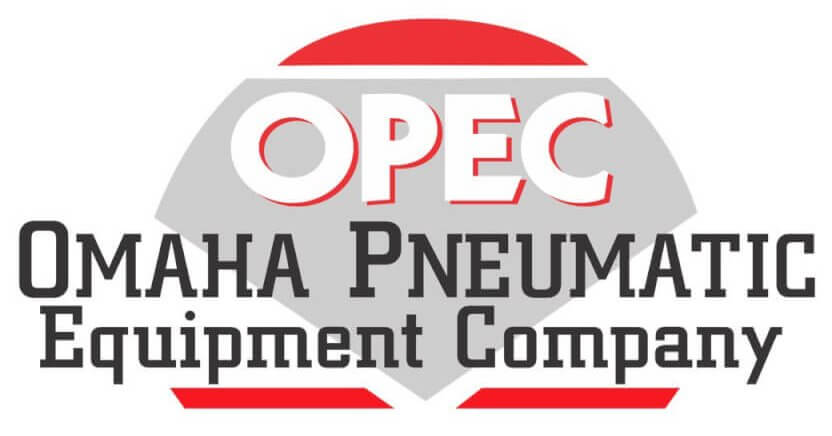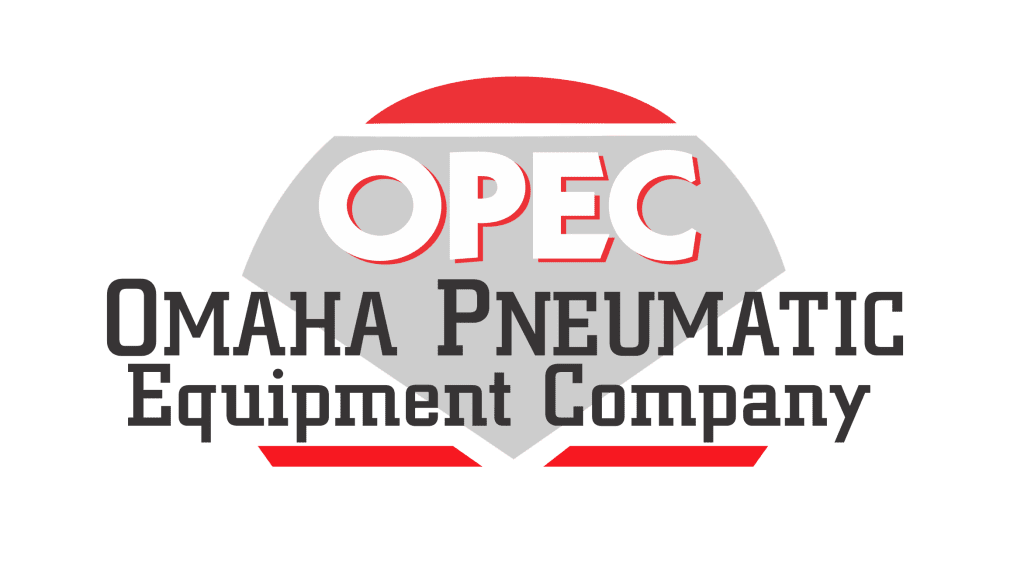- Monday - Friday 08:00-17:00
- 402-331-6311
Fluid Power System Manufacturing
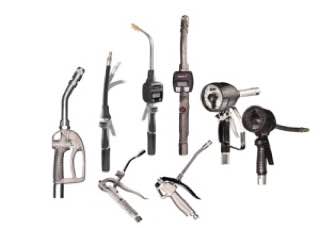
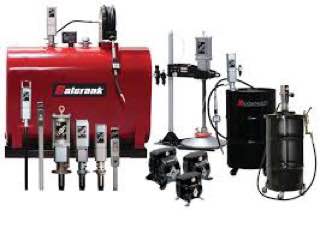
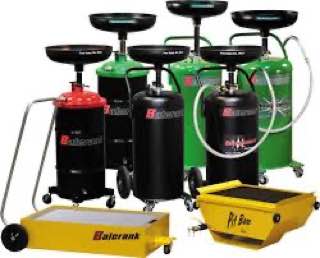
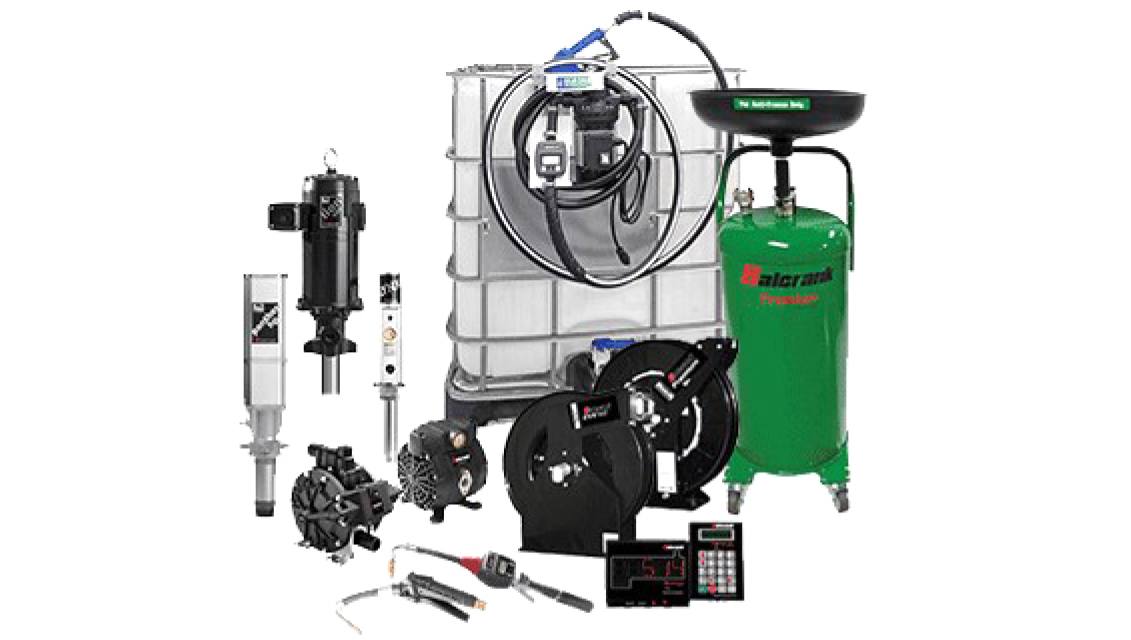
Fluid Power and Handling Systems / Service
Our Omaha Pneumatic Certified team will start by assessing how to service your fluid power handling system. This typically involves several steps to ensure its optimal performance and reliability.
Here’s a general guideline for assessing and servicing such a system:
01
Review system documentation:
Start by reviewing any available documentation, including system manuals, schematics, and maintenance records. This will give you an overview of the system’s components, operating parameters, and any previous maintenance or performance issues.
02
Visual inspection:
Perform a thorough visual inspection of the fluid power handling system. Look for signs of leaks, damage, loose connections, or abnormal wear. Pay attention to hoses, fittings, valves, pumps, and reservoirs. Note any issues that require immediate attention.
03
Fluid analysis:
Test the fluid used in the system. Fluid analysis helps evaluate its condition, contamination levels, and chemical properties. This can be done through laboratory testing or using portable test kits. Results from fluid analysis will indicate if the fluid needs to be replaced or if further action is required.
04
Pressure testing:
Check the system’s pressure levels. Ensure that pressure gauges and regulators are functioning correctly. Perform pressure tests on various components to ensure they operate within safe limits. Identify any pressure drops or abnormalities that may affect system performance.
05
Functional testing:
Perform functional tests on the system to verify its operation. This can involve cycling valves, actuating cylinders, and running pumps or motors. Observe the system’s response and identify any irregularities, such as slow operation, excessive noise, or overheating.
06
Component inspection:
Inspect individual components, such as valves, pumps, cylinders, and filters. Look for signs of wear, corrosion, or damage. Check for proper lubrication and ensure that components are correctly aligned or mounted. Replace or repair any faulty or worn-out parts.
07
Fluid filtration and maintenance:
Evaluate the system’s filtration mechanisms. Clean or replace filters as necessary to maintain proper fluid cleanliness. Check the condition of strainers, breathers, and other filtration components. Ensure that the system’s fluid levels are correct and that reservoirs are clean and free from debris.
08
Documentation and record-keeping:
Document all findings, repairs, and maintenance performed on the fluid power handling system. Maintain accurate records of service dates, component replacements, and any recommendations for future maintenance.
09
Ongoing maintenance:
Develop a regular maintenance schedule for the fluid power handling system. This may include routine fluid changes, filter replacements, and inspections at predetermined intervals. Follow the manufacturer’s recommendations and guidelines for specific components and fluids used in the system.
The complexity of servicing a fluid power handling system can vary depending on the type of system, its size, and specific application. It’s essential to refer to the system’s manufacturer guidelines and consult with our team of fluid power experts or technicians when needed.
